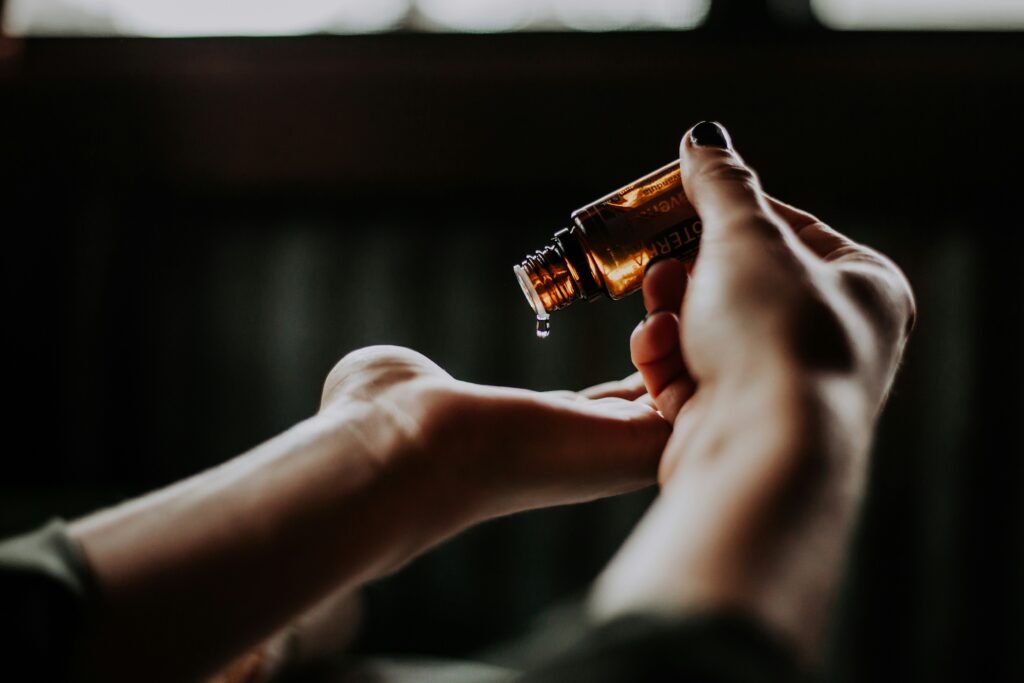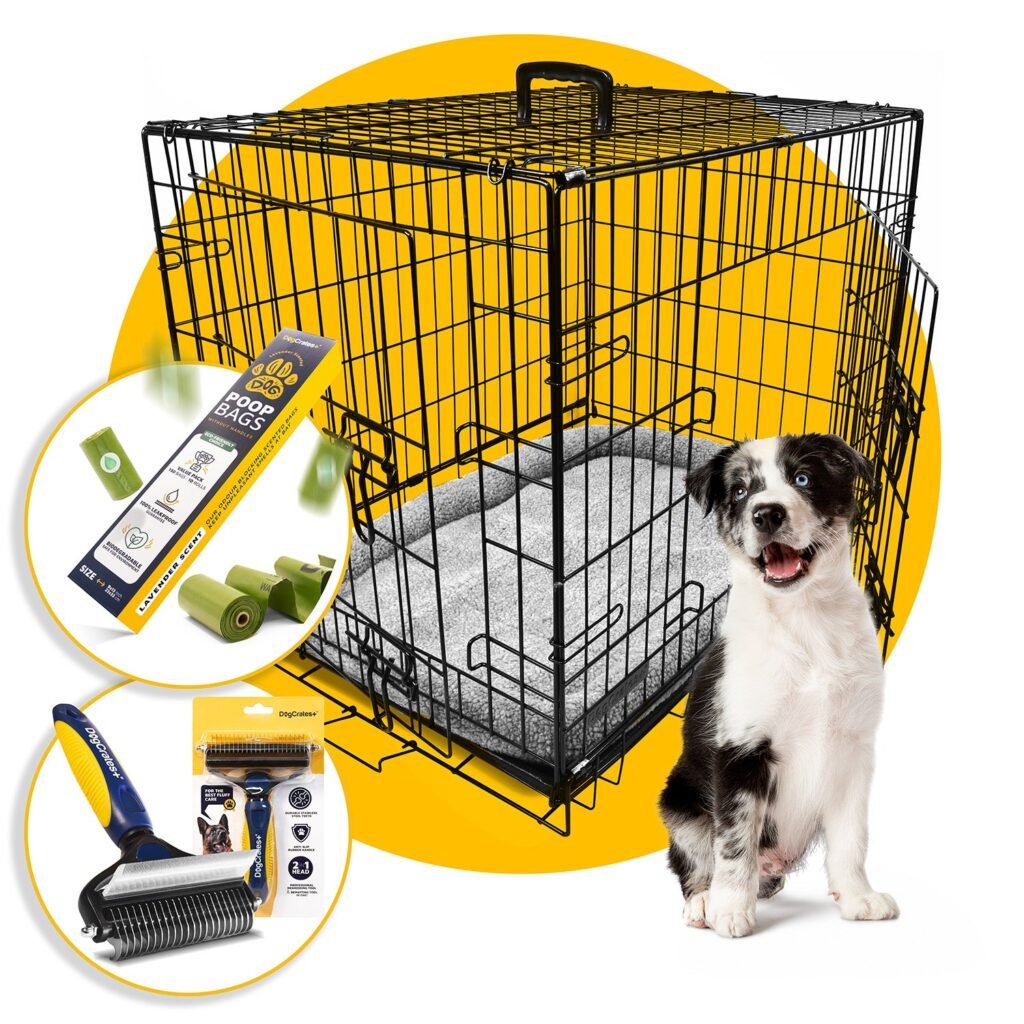Have you ever thought about the state of your pet’s dental health? It’s one of those aspects of pet care that often sneaks up on us. We spend so much time ensuring they have the comfiest beds and the tastiest treats, but what about their pearly whites? I got to thinking about this when my own pet decided to unleash their rather offensive puppy breath just a little too close to my face one morning. I mean, as much as I love them, the breath situation needed addressing. Let’s embark on this journey together and look into ways to give our fur buddies the best dental care, shall we?
Understanding Pet Dental Health
The Importance of Oral Health in Pets
Just like in humans, good oral hygiene in pets is crucial for their overall well-being. Imagine never brushing your teeth — that’s what some pets go through. Besides freshening up their yawns and slurps, maintaining oral hygiene can prevent a host of health problems. It’s not just about aesthetics; it’s about keeping them healthy and happy.
Common Dental Problems in Pets
Our furry friends can face a range of oral health issues. These include plaque buildup, periodontal disease, gum infections, and sometimes, a good old-fashioned cavity. The symptoms might be subtle, like them having difficulty munching on their favorite kibble or them pawing at their mouth more often than necessary. Recognizing these signs is the first step to tackling their dental health problems head-on.
Table of Common Dental Problems
| Problem | Symptoms | Potential Consequences |
|---|---|---|
| Plaque Buildup | Bad breath, yellowish teeth | Gingivitis, tooth decay |
| Periodontal Disease | Inflamed gums, bleeding, loose teeth | Loss of teeth, infection spread |
| Gum Infections | Red or swollen gums, excessive drooling | Pain, difficulty eating |
| Cavities | Visible holes, reluctance to eat crunchy | Pain, tooth abscess |
Daily Dental Care Practices
It’s like the old adage goes — prevention is better than cure. Establishing daily routines can go a long way in saving your pet from painful dental treatments in the future.
Brushing Your Pet’s Teeth
I know, I know; the idea is ridiculous and seems impossible, right? It’s like trying to bathe a cat (or is it?). But it doesn’t have to be a chore. Using a pet-safe toothpaste — because human toothpaste can actually harm them — and a small toothbrush or a finger brush works wonders. Introduce it gradually, turning it into a fun and rewarding experience, and before you know it, it’s part of your daily snuggle time.
Dental Chews and Toys
Chews and toys aren’t just for entertainment; they’re fantastic for maintaining dental health. As your pet gnaws away, they’re also working on removing plaque and keeping those gums healthy. Be sure, though, to choose products that are appropriate for their size and dental conditions. Some chews are just treats in disguise, offering little dental benefit.

This image is property of images.unsplash.com.
Regular Veterinary Check-ups
The Role of Professional Dental Cleanings
Sure, we can play dentist at home, but, at times, a professional touch is necessary. Just like we have those bi-annual clean-ups at the dentist, so should our pets. Professional veterinary cleanings clean those hard-to-reach spots and address any existing problems your pet might have. These sessions are invaluable for spotting issues early on and ensuring your pet’s long-term oral health.
What to Expect During a Dental Check-up
If you haven’t booked a dental appointment for your pet yet, knowing what to expect can ease nerves all around. Typically, a veterinary dentist will conduct a thorough examination, sometimes using anesthesia to ensure your pet stays calm and pain-free. They’ll clean above and below the gum line and might even take x-rays to get a full picture of your pet’s oral health. It sounds elaborate, but trust me, your furball is in good hands.
Recognizing Signs of Dental Trouble
Bad Breath: More Than Just an Incovenience
I’ve yet to meet a pet owner who hasn’t been put off by an unexpected gust of foul-smelling breath. But this isn’t just an offense to our nostrils — it’s a warning sign. Persistent bad breath can indicate deeper problems like oral infections or disease. So, if your pet is stinking up the room, it might be time for a dental check-up.
Behavioral Changes to Watch For
Pets communicate in their own unique languages, and changes in behavior can signal discomfort or pain. Watch for changes like reduced appetite, avoidance of crunchy foods, or signs of mouth sensitivity. These behaviors can indicate that something’s awry with their dental health.

This image is property of images.unsplash.com.
Nutritional Considerations for Dental Health
The Impact of Diet on Oral Health
What your pet eats significantly impacts their dental health. High-sugar diets can lead to more plaque and tartar buildup, while balanced diets filled with appropriate nutrients support overall health. Opting for dental health-specific formulas can also be a part of maintaining a pet’s oral hygiene routine.
The Role of Water
Never underestimate the power of good old H2O. Ensure your pet always has fresh water available, which helps wash away food particles and bacteria that might otherwise cling to their teeth and gums. Sometimes simple steps like this make all the difference.
Fun Ways to Keep Your Pet’s Teeth Healthy
Making Dental Care Playful
Incorporating games and playtimes into dental care can make the experience less daunting for your pet. Why not turn tooth brushing into a game with treats and positive reinforcement? Celebrate their cooperative effort with their favorite activities, making dental care a positive part of your routine.
DIY Dental Care Projects
For those who love a hands-on approach, there’s room for creativity! Think about coming up with homemade dental treats using pet-safe recipes. There are plenty of resources online that offer fun ideas and nutritious options to support dental health in delightful and tasty ways.

This image is property of images.unsplash.com.
Frequently Asked Questions About Pet Dental Care
How Often Should I Brush My Pet’s Teeth?
If daily brushing seems daunting, aim for at least three times a week. Consistency is key when it comes to preventing plaque buildup and keeping your pet’s mouth healthy.
Are Dental Treats Enough for My Pet?
While helpful, dental treats shouldn’t replace brushing or professional cleanings. Consider them an addition to an overall dental care routine, not the sole solution.
Is Anesthesia Safe for My Pet During Cleanings?
Concerns about anesthesia are common, but rest assured that veterinary professionals take necessary precautions. Pre-cleaning evaluations help ensure that the procedure is safe and minimal risk for your pet.
What If My Pet Resists Dental Care?
Patience and gradual introduction to dental care are essential. For stubborn cases, consult your veterinarian for strategies tailored to your pet’s personality and needs. Sometimes, it just takes some ingenuity and a little perseverance.
Wrapping Up
So, there you have it: a crash course in all things pet dental care. We’ve delved into why it matters, tackled some daily routines to keep those teeth sparkling, and even talked about making dental hygiene fun. Remember, investing time in dental care is investing in your pet’s health and happiness. After all, who doesn’t love a reason to snuggle up close without the whiff of something sinister from their mouth? Let’s keep those smiles bright and wagging tails plentiful!





